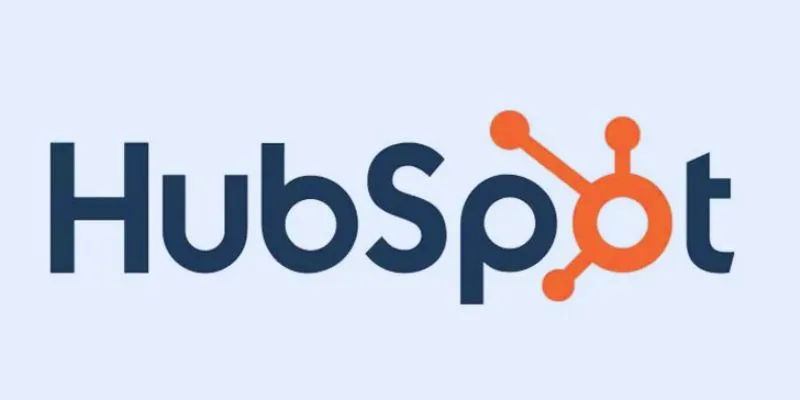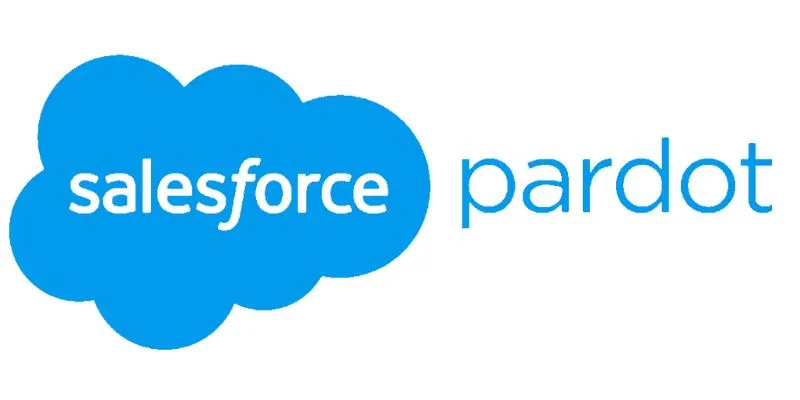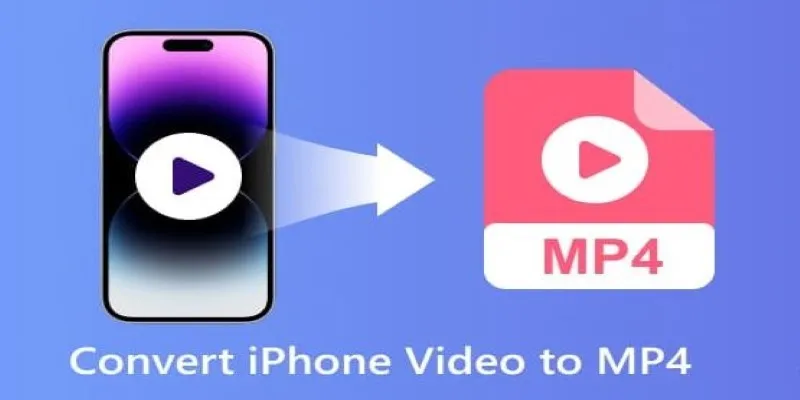HubSpot vs. Pardot: Which Marketing Software is Right for Your Business?
Choosing the right marketing tool can feel overwhelming with so many options available. However, if you find yourself deciding between HubSpot and Pardot, you’re already on the right path. These two platforms are excellent for accelerating business growth, offering email automation, lead management, and campaign performance tracking. They cater to different needs and operate in unique ways.
Whether you run a small or growing business, the right choice can save time and enhance productivity. HubSpot is known for its simplicity and all-in-one functionality. Meanwhile, Pardot, a powerful tool designed for B2B, comes from Salesforce. In this guide, we will highlight the key differences to help you determine which better suits your company.
HubSpot: All-in-One Marketing Platform
HubSpot is a comprehensive platform designed for businesses of all sizes. It supports content management, email campaigns, inbound marketing, and sales tracking. Known for its user-friendly design, HubSpot offers a seamless experience. While there is a free edition with basic features, paid plans offer advanced capabilities like automation and reporting. This makes HubSpot a great option for companies starting small or looking to expand.
The drag-and-drop builder simplifies designing landing pages, email templates, and blog posts—no coding skills required. With the integrated CRM, your team can follow up with clients, assign tasks, and track leads—all from one dashboard. HubSpot also includes reporting, social media management, and SEO tools to help you monitor performance and make necessary improvements.

Pardot: A B2B Powerhouse from Salesforce
Pardot is a marketing automation solution tailored for B2B companies, best utilized when integrated with Salesforce CRM. If your business already uses Salesforce, Pardot might be the ideal choice. Designed for long sales cycles common in B2B marketing, Pardot offers robust tools for email marketing, lead generation, and campaign tracking.
The system uses lead scoring and grading to prioritize contacts based on actions, allowing your sales team to focus on high-value leads. Pardot supports email campaigns, landing pages, forms, drip campaigns, and automated follow-ups. Its deep CRM integration provides real-time Salesforce updates from marketing initiatives. However, Pardot can be complex for beginners, requiring extra time and effort to master its tools.

Which Marketing Software is Right for Your Business?
Consider these key factors when choosing the best marketing tool for your company’s goals and needs.
Ease of Use: HubSpot Wins for Simplicity
HubSpot is renowned for its straightforward navigation and clean design, making it accessible even for beginners. The platform provides tooltips, drag-and-drop features, and guided steps, reducing the need for additional specialist hiring or extensive training. On the other hand, Pardot is more complex, designed for larger teams and advanced users, often requiring technical support to get started. Particularly for small businesses, the learning curve can be steep. If your team is small or inexperienced with marketing tools, HubSpot is the better choice.
Marketing Automation: Both Offer Strong Tools
Both HubSpot and Pardot offer powerful marketing automation tools that save time and enhance lead nurturing. HubSpot allows you to design workflows for lead scoring, email, tasks, and communication processes, with a visual editor clearly illustrating action connections. You can customize messages and define triggers based on user activity. Pardot also excels in automation, enabling the creation of drip campaigns, scoring, and complex rules. Built for long sales cycles and tailored paths, Pardot features a more sophisticated UI.
CRM Integration: Salesforce vs. HubSpot CRM
CRM integration is crucial for tracking leads and sales. Pardot is closely tied to Salesforce CRM, ensuring a seamless experience if your company already uses Salesforce. It provides a complete view of lead behavior and sales operations. HubSpot offers its own free, straightforward CRM, ideal for small teams and startups. HubSpot CRM interfaces include email, web forms, and reports, supporting collaboration between marketing and sales. Pardot naturally fits teams using Salesforce, while HubSpot is a great choice for those seeking simplicity.
Pricing: HubSpot Offers More Options
Pricing is a significant consideration for many businesses. HubSpot offers a free plan with limited features, appealing to small businesses, and its premium plans are competitively priced. HubSpot has four tiers: Free, Starter, Professional, and Enterprise, so you can choose according to your budget and needs. Pardot doesn’t offer a free plan, with pricing more suitable for larger businesses due to its rising costs. The basic plan includes essential functions, and additional tools, while more expensive, are valuable. Startups or businesses with limited budgets may prefer HubSpot, while Pardot suits larger companies with complex needs.
Customer Support and Training
Both platforms provide excellent support. HubSpot offers phone, email, live chat, and an extensive knowledge base, along with free online training via HubSpot Academy. Pardot provides support through Salesforce, offering paid support packages, training, and help articles. Some users report slower response times. If quick assistance and straightforward training are priorities for your team, HubSpot may be the better choice. Pardot is suitable for teams already familiar with Salesforce platforms.
Reporting and Analytics
HubSpot features built-in, easily readable reports for tracking leads, website traffic, and email performance. Pardot also offers detailed reports via its customizable dashboard, suitable for various teams. It enables tracking of ROI, campaign success, and lead behavior, with more sophisticated analytics for Salesforce users. Teams seeking straightforward data may find HubSpot more appropriate, while Pardot is excellent for advanced reporting, particularly for B2B marketers.
Conclusion
Choosing between HubSpot and Pardot depends on your company’s specific needs. HubSpot is ideal for small businesses or those looking for a simple, all-in-one solution. Its simplicity, affordability, and excellent initial support make it valuable for startups. In contrast, Pardot is perfect for B2B companies with complex sales cycles, especially those already utilizing Salesforce. Despite its steep learning curve, Pardot offers robust automation and comprehensive CRM integration. Both tools are highly effective, so your decision should be based on your team’s size, technical expertise, and specific marketing goals.
Related Articles

The 10 Best Email Apps for iPhone: Streamline Your Inbox Today

The 8 Best Content Marketing Tools in 2025 to Elevate Your Strategy

Upgrade Your Email Experience: The 7 Best Email Clients for Windows

Discover the 9 Best Tools for Modern Web Design in 2025

Which Are The 6 Best Email Clients for Mac: A Comprehensive Comparison

The 11 Best CRMs for Small Business: Streamline Your Workflow in 2025

Top 4 Vertical Video Editors to Edit Vertical Videos Quickly

The 15 Best Lead Management Software and Tools to Boost Your Business in 2025

Top ActiveCampaign Alternatives to Try in 2025 for Smoother Workflows

Lag-Free Screen Recording on Mac: 5 Tools You Need

Stay Organized: 5 Smart Ways to Schedule Important Info on Android

AI Job Search Tips
Popular Articles

How to Convert MTS/M2TS Videos Easily and Effectively

The 8 Best To-Do List Apps for Android in 2025

Pixel vs. Dot Explained: Mastering Photo Resolution for Printing

Top Feasible WMV to MP4 Converters for Windows in 2025

FerretDB 2.0 Launches as Open MongoDB Alternative with PostgreSQL

Best Video Makers for iPhone: Complete List of Top Editing Tools

10 Easy Steps to Build Your Free Email List Using WordPress

The Ultimate Guide to Converting iPhone Videos to MP4

MPG to DivX Conversion Made Simple: Best Tools for Every Platform

Record Your Computer Screen with VLC on Windows or Mac

Top 5 Free Video Enhancers to Instantly Boost Video Quality

 mww2
mww2